|
by Marissa Myers With summer days getting shorter, signs of fall are becoming more apparent. Though the weather outside might be a different story, the earth around us shows signs that autumn is near, including grains being harvested, trees dropping their fruit, and the sun setting earlier at night. All of this earthly excitement acts as a doorway, ushering in the pagan holiday of Lammas. What is Lammas? Lammas, sometimes referred to as Lughnasadh, is a time to celebrate the upcoming fall harvest. Depending on your spiritual practice, Lammas can also be (and traditionally is) a day to celebrate the Celtic God, Lugh. In Celtic mythology, he is portrayed as a master craftsman and skilled warrior. It’s no surprise that games and craft fairs were held in honor of his memory. In some Irish villages, members would hold a funeral feast in honor of Lugh’s mother, Tailtiu, who supposedly passed away from exhaustion after clearing Ireland’s plains for the harvest. Baking bread and Lammas are also tied closely together. The world Lammas itself is derived from the old English phrase hlaf-maesse, which means loaf mass. In Ireland, it was good luck to wait until August 1st to pick the first sheaves of grain. By night, the farmer’s wife would rush to cook bread with new grains and make the first loaves to honor the harvest. If you were unable to use newly harvested grain, and had to reach for your previous years’ stash, it meant bad luck for the upcoming harvesting season. Like many sabbats, gratitude remains at the center of any holiday. It’s important to remember that by celebrating the harvest’s abundance, we are celebrating our ancestors and their survival efforts. It’s a good time to cultivate gratitude for our food and farmland, and the blessings the land provides for sustaining humankind. How Can I Celebrate Lammas? Depending on your culture or individual practice, there are a variety of ways to celebrate Lammas. The most common ways including the following: Decorate your altar: Using the colors of the season is a sacred way to honor Lammas. This includes a combination of oranges, reds, and dark yellows. Additionally, symbols of the harvest season, such as sickles and scythes, are placed on altars. These are accompanied by dried grains to celebrate the start of the harvest season. If you’re looking to brighten up your altar, consider adding sunflowers—the patron plant of Lammas—around its exterior. Practice craftsmanship: Because the holiday is associated with the God Lugh, craftsmanship is a heavy theme that’s been carried on for centuries. Whether it’s painting, singing, or playing an instrument, Lammas is the perfect opportunity to learn a new craft or build on an old hobby. And don’t forget to share your new (and old) gifts with those around you to celebrate! Bake bread: The center of Lammas revolves around baking bread. To have an abundant holiday dinner, bread-making is common across all families honoring the holiday. It’s the perfect way to bring families together to celebrate the harvest and home. Traditional Lammas feasts include each member taking turns breaking bread around the table. Consider doing the same with your family or by yourself. If you need inspiration, try this delicious recipe to create your own herbal-infused Lammas bread! Create a Corn Dolly: Creating corn dollies is an old Lammas tradition that has carried into modern day. To make your own, use stalks of wheat, barley, or rye if you have access to these plants. Using yellow ribbon, lace the stalks into a corn dolly to outline the shape of a woman. During the doll creation process, express gratitude and thanks for your harvest. Place your corn dolly onto your Lammas altar as the center of celebrations. At Samhain, the pagan holiday marking the end of the harvest season, take the remains of your corn dolly from the altar and return them to the earth. This is symbolic of sowing seeds of a future harvest for the following year. What Herbs and Plants are Associated with Lammas? Like many holidays on the Wheel of the Year, certain herbs play an important role in each sabbat. For Lammas specifically, here are a few herbs that can add a little magic to your day: Yarrow: Yarrow has taken on different meanings and symbolism throughout the centuries. It’s been known to be a herb that casts away evil spells and hexes. People believe that stringing it across the doorway will prevent evil spirits from entering their home. To use yarrow in your own Lammas practice, place it around your neck as a form of protection. Goldenrod: The bright happiness of goldenrod has an infectious energy for anyone who practices with it. Its uplifting nature has been known to help those with depression and grief. If you’re feeling overwhelmed this holiday season, consider using goldenrod on your altar to brighten the atmosphere—and your spirits, too. Vervain: The use of vervain can be traced back thousands of years for its role in spiritual and ceremonial services. In the Druidic tradition, many members believed vervain had supernatural powers to assist in getting in touch with the other side. Common vervain-based traditions during Lammas include healing rituals for those who need spiritual assistance. Use vervain essential oil as a blessing for your loved ones who need an extra health boost. Meadowsweet: Also known as Bride of the Meadow, meadowsweet is another sacred herb of the Druids. Members would wear garlands made of meadowsweet around their neck during Lammas celebrations. If a Druidic wedding was taking place on Lammas, meadowsweet would be added to the bride’s bouquet. If you feel called to it, wear meadowsweet around your neck to honor the ancient tradition. Mint: Another herb close to the Druids, mint is known for its healing and protection powers. During Lammas, mint was used to attract abundance into one’s life. One of the best ways to use mint during Lammas is during a tea ritual, such as making a drink that includes mint leaves. This is a great way to honor your body and bless it with seasonal health. Final Thoughts on Lammas: When celebrating Lammas, remember to choose the rituals that resonate with your heart. While there are a number of ways to honor the harvest, choose whichever practice you deeply connect with. Taking time to honor our earth and her abundance is important. Whether it’s baking bread, going on a walk, or meditating in the morning, take time to recognize the earth’s abundance—and magic—on this special day. 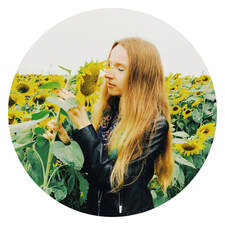 Marissa has been drawn to the world of aromatics and plants since she was a child. Certified in aromatherapy, Reiki, and meditation, she actively changes lives using these healing practices. Additionally, she is a holistic life coach, and works towards helping others heal while simultaneously getting in touch with their spiritual side. As Herbstalk's Market Manager & Community Engagement Assistant, Marissa draws upon years of experience to oversee vendor relations, event management, and social media outreach. As a longtime attendee and member of the Herbstalk community, she is beyond thrilled to be a part of the team! by Jade Alicandro Mace This time of year both the gardens and my kitchen start to get a little crazy with the sudden realization that the wheel of the seasons is turning. This is one herbal preparation I can't do without- Winter Immune Honey. Basically, I stroll through the garden and harvest what's in season and looks good! This season's batch included Echinacea flower, Calendula, Bee Balm, Blue Hyssop, St John’s Wort, and Tulsi. Just thinking about getting to curl-up with a nice spoonful of this in my tea mug makes the on-coming seasonal transition less ominous and- dare I say it?- even a tad-bit exciting.... Combine any combination of the following herbs, fresh (my preference) or dried. I’ve included some suggested percentages below (and of course many of these plants could go into both categories!). The idea here is to pull from the lists and make your own unique honey, based on your favorite herbs, what you have access to, and the specific herbal actions you’d like your honey to have. Your result will be a honey with a wide range of herbal actions, so you can effectively treat the vast array of winter ailments you might come across in the coming months. And remember- many of these herbs can be procured at your local grocery store or farmers market (especially the culinary herbs), and can tolerate some frost, often hanging on in the garden well into fall. A quick note about the herbal actions listed below: Aromatics are herbs that have a wonderful aroma because they are rich in essential oils (which tend to be anti-microbial). In my experience, aromatic herbs make the most delicious honeys! Anti-microbials and anti-virals are just what they sound like. Diaphoretics promote a healthy fever response which is part of your body’s immune strategy for fighting-off pathogens, as a higher body temperature can inhibit proliferation and reproduction of many viruses and bacteria. Lymphatics stimulate the lymphatic system, which is where many of our immune cells are born, and is also the primary transport system for immune cells to get to and from infections. Supporting the lymph means stimulating your body’s own vital force and flexing the proverbial “muscles” of the immune system, which is a good thing! The lymph fluid also transports waste products from fighting-off a pathogen, and the day-to-day metabolic waste from cellular metabolism to eliminatory organs as well. So, how do you make it? First choose your herbs… Lymphatic/Immune Stimulating Herbs- 50%
Aromatics/Anti-microbials/Anti-virals/Diaphoretics- 50% (mix-and-match)
Next, add the herbs to the honey! The process is so simple…..put your herbs into a dry glass jar, cover your herbs in raw honey (local if possible) and let sit for at least 2 weeks. If they are fresh they must be free of excess water from rain, dew, etc, and also chopped pretty fine, removing any woody or tough stems. Stir well so that all the plant material is evenly coated in the honey. Some will be poking-up from the top of the honey and that’s fine! As long as it’s coated in the honey it won’t mold. If you are making it with dried herbs, follow the same directions as above, only don’t worry about having to remove woody stems. To Use: I always make my honeys with fresh herbs. This is because I never strain my fresh herb honeys and prefer to use them with the plant material still in it. My favorite method is to mix a spoonful in hot water for instant tea or add to herbal tea at first sign of cold or flu. Then I eat the herbs at the bottom of my tea cup! You will find that honey does an amazing job of preserving the fresh herbs and there is still lots of medicinal activity and vibrancy to the plant material. So, I think you lose a lot of the medicine by straining it out. I can still taste the tingle from the Echinacea flowers when I eat a spoonful of the winter immune honey I made months and months ago! You can of course also eat this by the spoonful, spread on crackers or toast, and so on. The possibilities with herbal honeys are really endless! If you are using dried herbs, then it’s a different case and I find that those are better strained. Use your honey with wild abandon at first sign of sickness and have at least 3 tsp/day and much more is fine to take. You can also take during sickness to lessen duration and ease symptoms. Kids of course love this remedy as well! Enjoy and Happy Honey-Making! 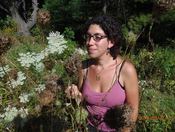 Jade Alicandro Mace is a community herbalist living in the rolling hills of western massachusetts. She has an herbal practice, runs a low-cost community herbal clinic, and teaches a class series and apprenticeship in bioregional herbalism. Learn more at www.milkandhoneyherbs.com, or follow her on facebook (Milk & Honey Herbs) and instagram (@milkandhoneyherbs) by Steph Zabel 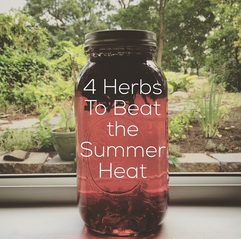 Despite the plant abundance, beauty and delight that is apparent during summer, I must confess.... this is not my favorite season. Is that a surprise? I tend to have a hard time with heat (and this year we've had a lot!) and constant glaring, bright, sunny days. It may sound counter-intuitive (especially for someone who is an herbalist!), but summer has always been the season I struggle the most with. I can't be the only one who feels this way, right?!... Perhaps it has something to do with growing up in extreme hot weather climates for so many years. I spent the majority of my life living in South Carolina AND in Texas, where most of the year is very bright, hot and sweaty. For some people -- for some constitutions, that is -- the heat is simply too aggrevating. And I am no exception. This is why some people prefer cold foods over hot foods, or why some people wear tank tops in an air-conditioned room while others must wear a sweater. We are all so unique in our constitutions and what we crave, need or gravitate towards. This has always fascinated me. But back to the heat: if you're like me and are having trouble with the current season there are plenty of things you can do to make yourself more comfortable until that first gentle whisper of autumn arrives.... Here are some of my favorite hot weather herbs and strategies: 1. Hibiscus |
| Patrice Green is an Herbal Educator, Certified Aromatherapist, Energy Medicine and Reiki Practitioner and founder of Green Aromatics. She received her herbal training at the Boston School of Herbal Studies, where she now teaches, and shamanic training from Isa Gucciardi, Ph. D. at the Sacred Stream in Berkley, CA. Inspired by time spent among the coastal Redwoods of Muir Woods and its beach, Green Aromatics strives to imbue its products and services with the same resilience, joy and equanimity of these majestic beings. Patrice may be reached through the Green Aromatics website. |
You can feel it: the earth’s pent up energy just waiting to burst forth. Now is the time to put the introspection and new ideas of Winter into action. When we shift from survival mode to truly living we also tend to take stock of our surroundings with a clearer vision, so it is apropos that this time of year is also a time of cleaning, or getting rid of the old to make way for the new. There’s often a deep desire to nest, simplify and purge that which no longer serves.
My hands, each of its creases and wrinkles illustrated in fine germination mix, hold the tiny promises. We cradle hundreds of them in our palms, keep thousands in vest pockets. Tenderly, carefully, we lay down the thick stubs of echinacea, the slivers of arnica, and the many shades of mad dog skullcap brown. Like all promises, not all of the potential within this myriad of seeds will be realized. However, I sow them and dream of the future that I’ll give to those that sprout.
In this season of spring, as buds are slowly bulging and I am shown my first blooming snowdrops, the birds are singing again. My day is filled with the sweetness of sounds and discoveries which, like some favorite words, I always forget until they sneak up on me and thrill me with their textures, their singular tones, the richness of their meanings.
On the brink of the spring equinox in the Northeast, we’re hovering at a thaw. It’s cold, there’s still lots of snow, the ground is hard. It’s not easy to imagine the roots of the plants under there, gathering energy in the darkness in order to push their way through to the light, but they’re there. They know what to do and they do it, unfailingly, every Spring. Soon enough, we’ll see the green world peeking through, exquisitely ordinary and miraculous all at once.
“The entire Universe is concentrated in the garden. The garden allows us to become one with nature. And when we meditate we cannot separate ourselves from nature.”
I took this quote from a snippet that I saw in a little docu-piece online about Japanese gardens. Isn’t it lovely? It’s the essence of what Pepperand I will be getting at when we teach our special Yoga/Herbal-infused/Mindfulness class this year at Herbstalk! I’m super grateful to my dear friend, Steph, for welcoming us as the first ever yoga class to be taught at this event.
In reality what this class offers is a meditation on friendship. You see, once you start a mindfulness practice such as yoga or meditation, your lifestyle changes. It’s inevitable. We learn to become better friends with ourselves, and with other creatures and life on this planet. This can manifest in a variety of different ways. One amazing friendship that can be forged on this path of inner growth is each and every one of our relationships with plant life. You might begin to take in your surroundings more, noticing the changing seasons and with that the types, colors, and energy of plants around you. You might start to crave owning more houseplants and then truly pay attention to them. You might attract more friends who are gardeners, herbalists, nature explorers. What you put on or in your body changes as you put more reverence into the idea that we are a part of nature. I see it happen all the time! It’s a lovely thing to witness happen to friends and family who begin dedicating time to their yoga/mindfulness practice. We begin to transform our lifestyles and welcome the healing and open energy that can come from nature.
This is why Herbstalk is such an amazing creation for those of us here in an urban environment. We are able to learn from some of the best in their field about how to engage closer with the plant world. There will be all varieties of classes, teachers, and business owners to take it in from. Everything from learning how specific herbs can support your nervous system, to how plants can aid in your spiritual process, to creating and sustaining an herbal/natural beauty routine.
For me, discovering and staying open to the magic of plants and herbs has always been a feminine and spiritual experience. As teenagers, Steph and I would head out into the parks, climb trees, create our own rituals in our backyards…and this created healing that allowed us to forge a deep friendship — one that still remains my oldest and dearest to this day. I believe the fact that our friendship is still going strong is due to this weaving of our spirits with how we take care of ourselves through our belief in and our love for the natural world. What occurs when you pay attention to your own day-to-day mindfulness or healing process is a respect for and honoring of our own bodies, and thus with nature. You don’t have to become a plant expert/healer/herbalist extraordinaire, or a yoga teacher/wellness practitioner to reap these benefits or learn more.
All you have to do is stay willing to open up your senses. Possibly watch the lunar cycles, and enjoy each season. Try and see where your interests in plant-life comes out! It could be in consuming tea, using herbal tinctures or elixirs to boost your system in some way, planting a garden plot, or even just taking trips to local gardens for enjoyment. The options are endless in how slowing down through mindfulness and yoga can connect you deeper into what surrounds us via plant wisdom and medicine.
Pepper and I met this past year in Elena Brower’s Art of Attention teacher training, and immediately hit it off through (what else) learning about our love for plants/herbs/the natural world! Our class for Herbstalk will go deeper into this idea of weaving together how we discover wellness with our relationship to plant life. The 2-hour class will involve: meditation, some kundalini kriya, some yin postures, hatha flow, prolonged restorative shapes, sampling herbal elixir, flower essences, aromatherapy, and short discussion.
It is on Sunday morning, June 8th at 9:00am at Herbstalk at the Somerville Armory on Highland Ave.
We look forward to seeing you there!
“The greatest gift of the garden is the restoration of the five senses.”
-Hanna Rion

Spring is coming to the forest. Even as gale winds continue to blow and snow remains a constant presence in the far Northeast that I call home, the birds have started to sing. The sun is higher in the sky, sending strong shafts of light glancing through branches swelling with leaf buds. On a recent day, I’m sure I heard the rushing whisper of sap rising.
In the people around me, I sense a kind of readiness, even an impatience, to burst forth, start moving, rise up, make a plan, get gardens in the ground. Many folks are getting antsy. I’ve even seen t-shirts and shorts when the thermometer approaches 40 degrees! And then there are those who are still enjoying the hibernation of shorter days, richer meals, warm fires. They might be feeling a bit nervous, even fearful about the coming activity, the expectations to jump into action, know the path and get to work on another season of growth. These folks might be getting a bit irritated in their own way, too, as when being asked an important question just a little sooner than you’ve arrived at an answer.
So, there’s early Spring in a nutshell: the dynamic tension between moving ahead into expansive, decisive action and staying wrapped up tight in rest and unknowing, between rest and productivity, solitude and community. You’ve probably noticed that you lean one way or the other, towards wanting Spring to hurry up and arrive in earnest and wishing Winter would stay a bit longer. And since the seasons acquiesce to no one, you might notice that either way you lean, you are not satisfied. Except, of course, if you’re content with just exactly what is, right now–if you’re comfortable being flexible, letting life flow through you, just as it is.
Because the truth about Spring–at least the face it wears here in the Northeast–is that sometimes it’s warm with promise, other times blustering and harsh. The constant, especially now, is change. If you’re one of the folks able to stay present and navigate this time of transition, you may find that you are able to bend gracefully, not break in frustration under these mutable conditions. Like the young maples in the forest, you might find that as the day is warm and night cold, the sap in you rises just as it should, pulsing in rhythm with the fluctuations, even dependent on them. At exactly the right time, your leaves will burst forth, extending toward the light, and arch skyward into the song-filled air.
These are some of the core teachings of Spring. Flexibility. Ability to respond at the perfect moment. Reveling in change. Channeling inner treasures, discovered and accumulated during deep rest, into powerful manifestations of who we are. These are Spring’s requirement of us, as well as its invitation.
Though Chinese medicine can sometimes seem to be a maze of abstract theory to those not accustomed to its language or concepts, in the Five Phases (or Elements), the Chinese elegantly captured what I’ve found to be timeless insights about life on this planet. Essentially, they recorded how the landscape is reflected in the bodies, hearts and minds of humans in an analogous, inner terrain. While this particular tradition is rooted in Taoist alchemical, even shamanic, philosophies and practices specific to China, we can see that the essence of this system bears truth in multiple bioregional and cultural contexts. Identifying the core features which resonate with our own rich experiences and diverse locales, we begin to craft a modern, living, breathing medicine, rooted firmly to place.
No matter where we are, we can see the teachings and invitations of each Phase present in the cycles of our lives. We see ourselves as glints in our parents’ DNA, becoming infants and children, young adults, parents, and then elders, preparing to transition back to the earth. We see the dark of midnight, sliding into dawn, noon-day sun, afternoon’s glow, evening, and night again. We see the plants as they move from seed to sprout, to flower, to fruit, to making seed and letting it fall, beginning the cycle anew. We see our fears, our hopes, our passion, our care and tenderness, and our solitude with spirit. We can universally recognize these cycles as expressed in ourselves and the land, though Spring in one place might have a different face than in another, just as we are each a singular terrain with unique stories. Regardless of place, this living system affirms that Nature, in all its complexity and diversity, is a perfect, self-sustaining whole. In answering Nature’s invitation to become attentive to our inner landscapes, we can experience the same complex, diverse and imperfectly-perfect wholeness. In essence, it is an invitation to dynamic health and to belonging.
So, as the snows recede and ever more green peeks through, as creatures begin to emerge from winter dens and our seed packets start to call to us from wherever they’ve been tucked away, consider apprenticing yourself to Spring. How can you flow gracefully into this season embodying all at once the lithe sapling, the bursting bud, and the birdsong that fills the sky?
| Larken Bunce is a clinical herbalist, educator, writer, gardener and photographer. She is a founding co-director of Vermont Center for Integrative Herbalism (VCIH) and until recently served for many years as faculty in Goddard College’s Health Arts and Sciences program. She holds a Master of Science in Herbal Medicine from Maryland University of Integrative Health. Her teaching and clinical work draws wisdom from Western herbal medicine, classical Chinese medicine, whole-food nutrition theory, mind-body medicine and social justice advocacy. Larken is passionate about training heart-centered clinicians, bridging traditional health systems with biomedical sciences, and restoring Nature to culture through herbal medicine. For more about Larken’s work or training at VCIH, visit www.vtherbcenter.organd www.larkenbunce.com Join me at Herbstalk this summer to learn how to engage the wisdom of Nature, embrace the transitions from season to season and bring more meaning and wellbeing into your daily life. If you’re a practitioner, you’ll learn to apply Five Phase concepts to your intake process and assessment of psychological and physiological tendencies and imbalances. You’ll also learn to use your capacity to embody each Phase through engaging your own presence as a healing tool. We’ll discuss how to use attitude and inquiry, as well as select herbal actions and specific plants to support ourselves and others in aligning with each Phase. In short, we’ll think together about how we bring the Phases to life in our practices, by first recognizing how they are alive in us. Our work will then originate in our own healing, and extend powerfully outward in service. |
Archives
November 2023
June 2023
October 2021
July 2021
March 2021
January 2021
December 2020
October 2020
August 2020
July 2020
June 2020
April 2020
March 2020
February 2020
January 2020
October 2019
September 2019
August 2019
July 2019
May 2019
April 2019
March 2019
February 2019
November 2018
August 2018
July 2018
May 2018
April 2018
March 2018
February 2018
January 2018
October 2017
August 2017
June 2017
May 2017
April 2017
March 2017
January 2017
December 2016
November 2016
October 2016
September 2016
August 2016
June 2016
May 2016
April 2016
March 2016
February 2016
January 2016
December 2015
November 2015
October 2015
September 2015
July 2015
June 2015
May 2015
April 2015
March 2015
January 2015
December 2014
November 2014
September 2014
August 2014
July 2014
June 2014
May 2014
April 2014
March 2014
February 2014
January 2014
December 2013
November 2013
June 2013
May 2013
April 2013
January 2013
Categories
All
Angelica
Anxiety
Aromatherapy
Artichoke
Autumn
Ayni Institute
Ayurveda
Bath Salts
Becoming An Herbalist
Beltane
Bitters
Black Cohosh
Blue Vervain
Botanical Crafts
Botanical Dyeing
Cacao
Calendula
Cancer
Canine Nutrition
Cannabis
Chaga
Chamomile
Chickweed
Chinese Medicine
Cleavers
Climate Change
Community
Connection
Cultivating
Curandismo
Dandelion
Deserts
Digestion
Doshas
Earth Healing
Ecological Herbalism
Eco-printing
Educational Gardens
Elder
Eleuthero
Elixirs
Energetics
Essential Oils
Ethnobotany
Events
Evergreens
Fall
Farming
Flax
Flower Essences
Folk Traditions
Food Plants
Free Clinics
Fungi
Gardening
General
Gentian
Ghost Pipe
Gifts
Goldenrod
Groundwork Somerville
Growing Herbs
Guide To Herbstalk
Hawthorn
Healer's Path
Herbal Education
Herbal Energetics
Herbalism
Herbal Marketplace
Herbal Oils
Herbal Salves
Herbs For Pets
Herbs Of The Enneagram
Hibiscus
History Of Herbstalk
Holidays
Holy Basil
Honey
Imbolc
Immunity
Interviews
Lammas
Liver
Living With An Herbalist
Local Classes
Local Plants
Lyme
Marshmallow
Meadowsweet
Medicinal Mushrooms
Medicinal Uses
Meet The Herbalist
Meet The Herb Farm
Menstruation
Milky Oats
Mimosa
Mint
Motherwort
Mugwort
Mullein
Mutual Aid
Natural Dyeing
Nettles
New England
Nourishing Herbs
Oat
Passionflower
Permaculture
Phytochemistry
Pink Lady Slipper
Plant ID
Plant-of-the-year
Plant Profile
Podcast
Poisonous Plants
Psychological First Aid
Queen Anne's Lace
Recipes
Reciprocity
Reishi
Rhodiola
Rose
Rosemary
Russian Herbalism
Samhain
Schisandra
Seasonal Cycles
Seasons
Seeds
Shen Tonics
Skullcap
Snow
Social Justice
Spring
St. John's Wort
Summer
Survival Herbs
Tea Blends
Tincturing
Tonics
Traditional Chinese Medicine
Trauma
Travel
Tree Medicine
Tulsi
Urban Gardening
Urtication
Vata
Vervain
Violet
Water Hemlock
Wheel Of The Year
Wildcrafting
Wild Edibles
Winter
Wintergreen
Yarrow
Yule
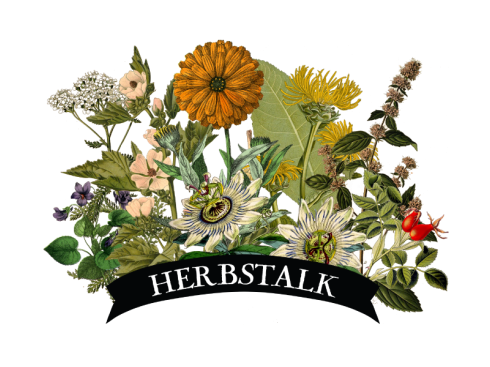
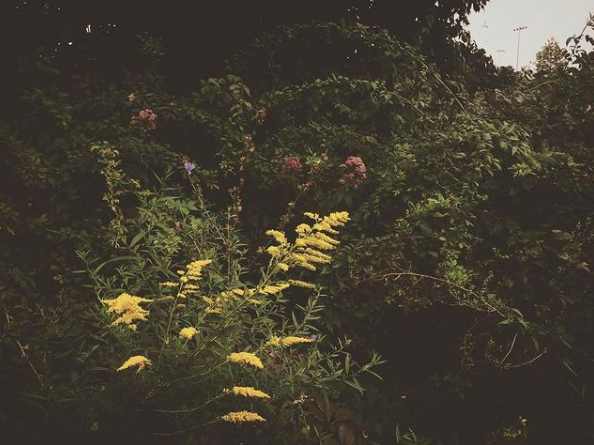
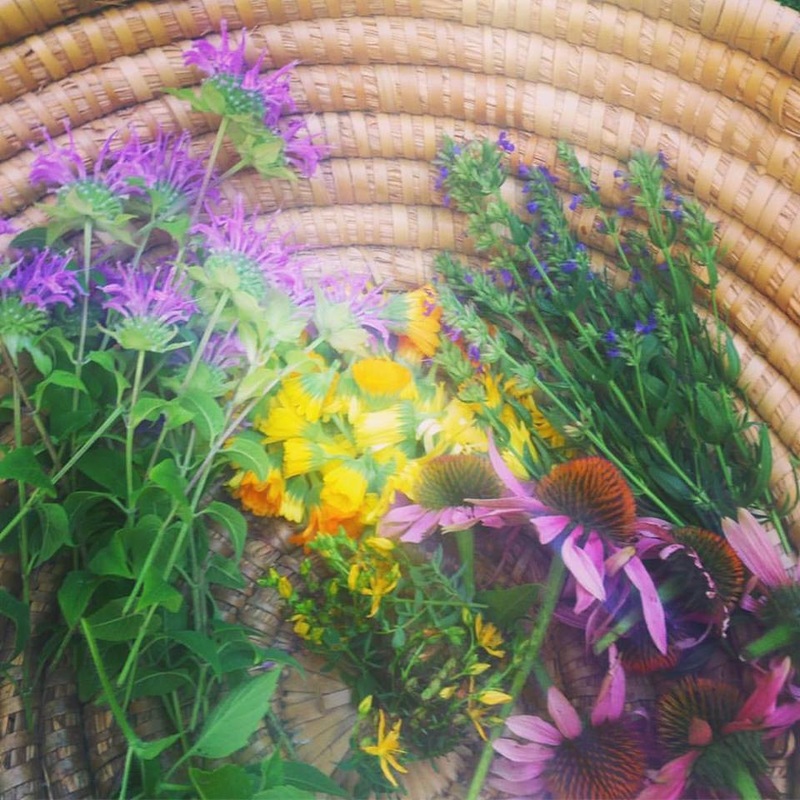
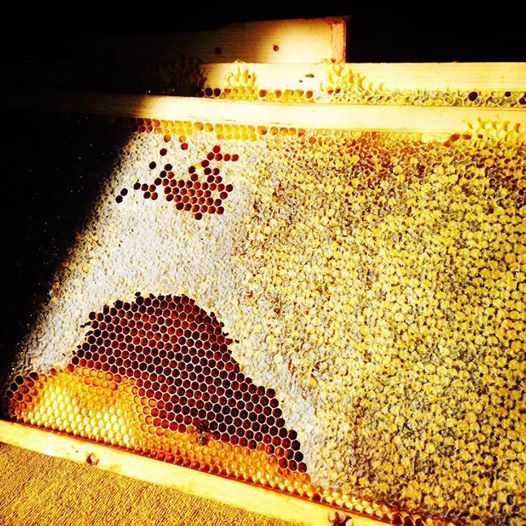
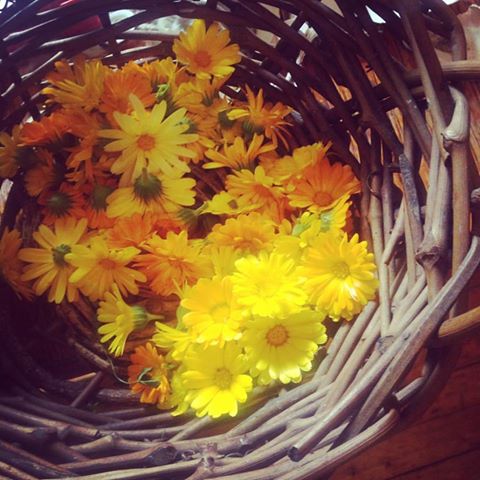
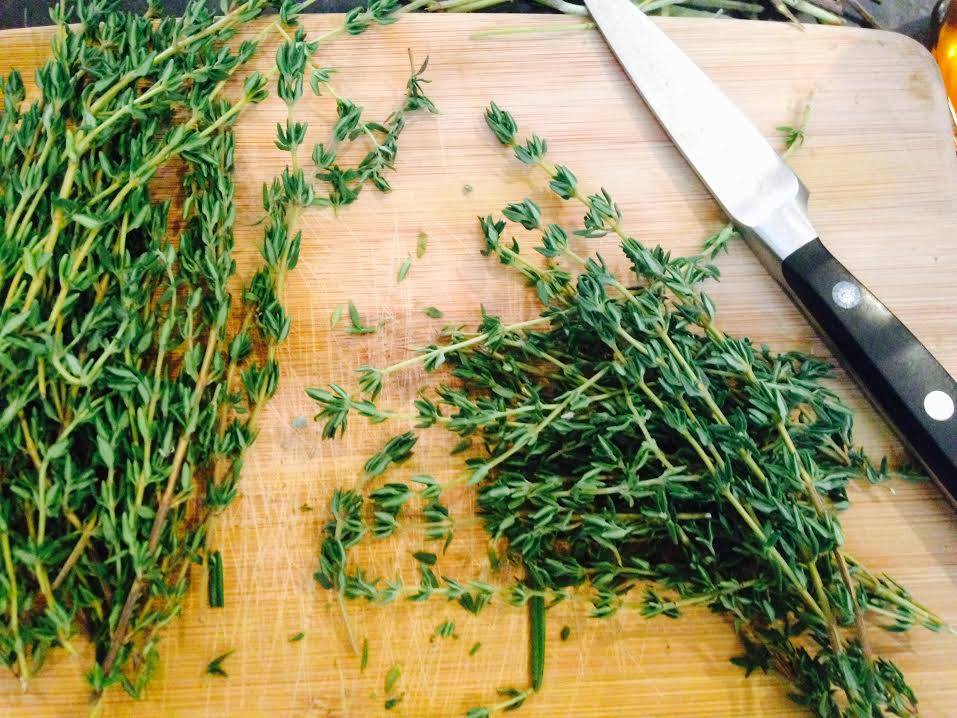
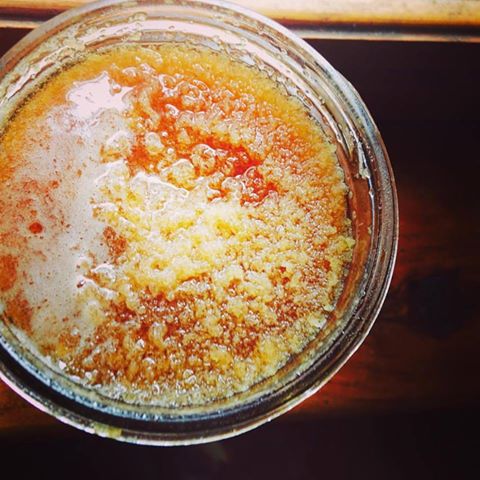
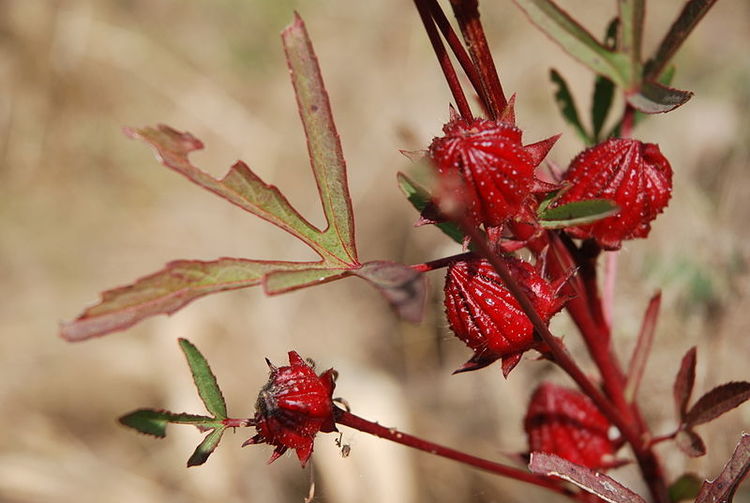
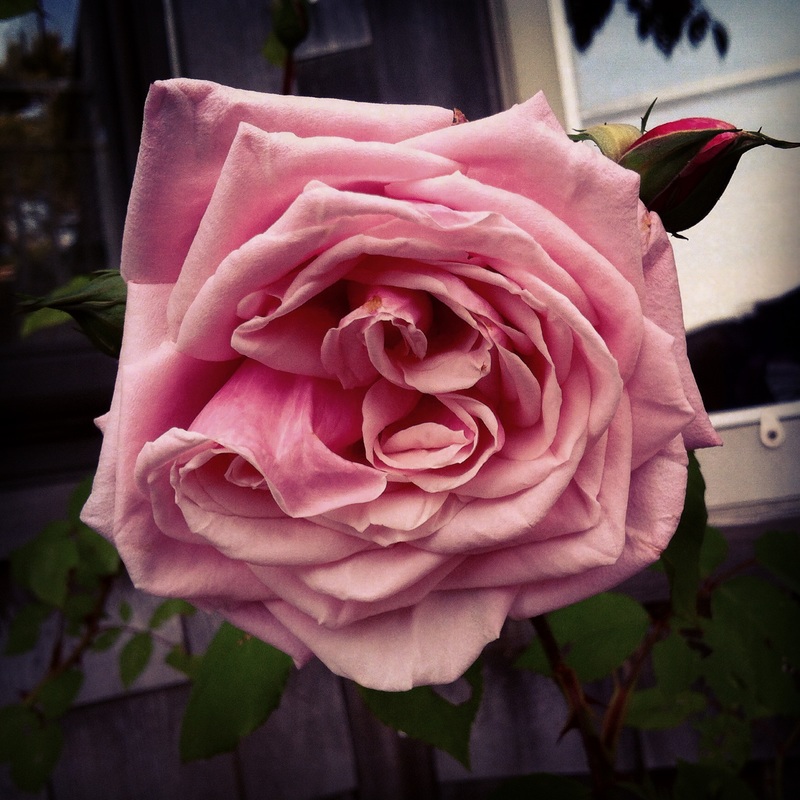
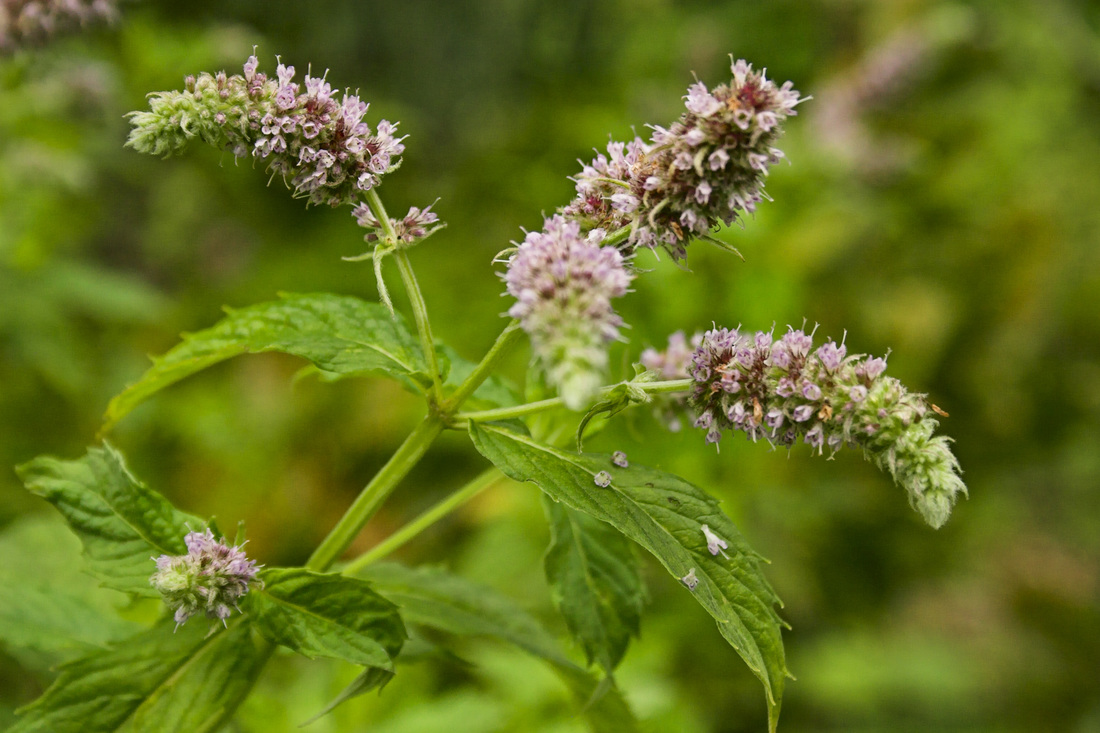
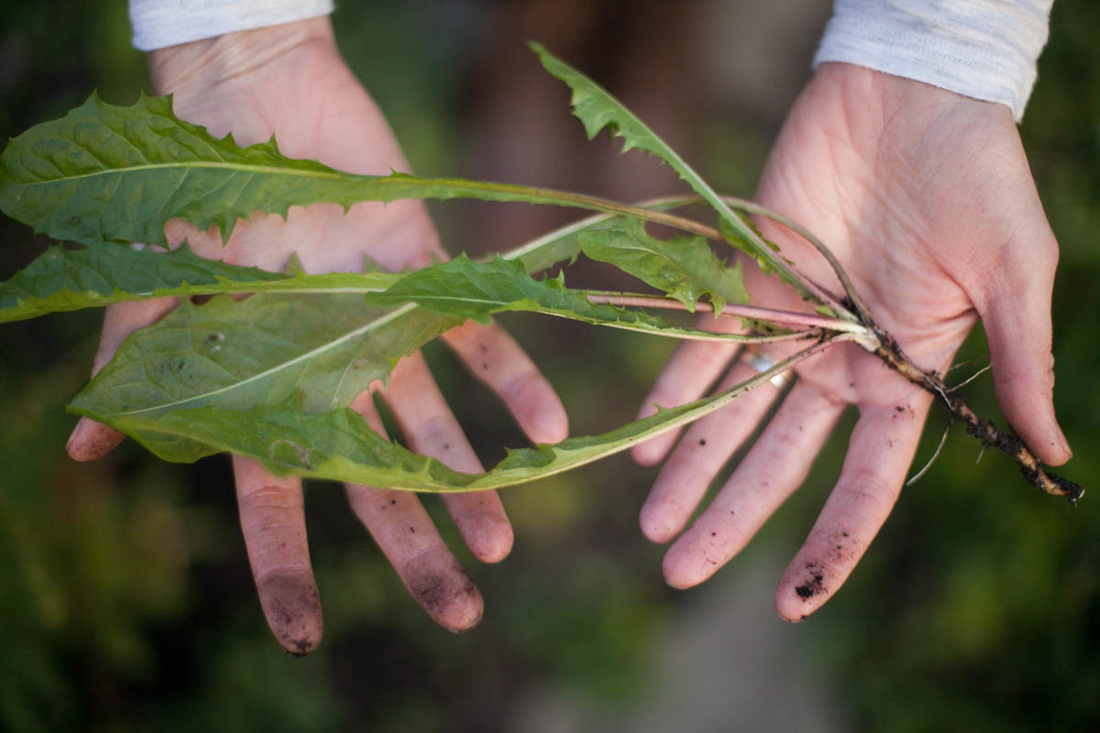
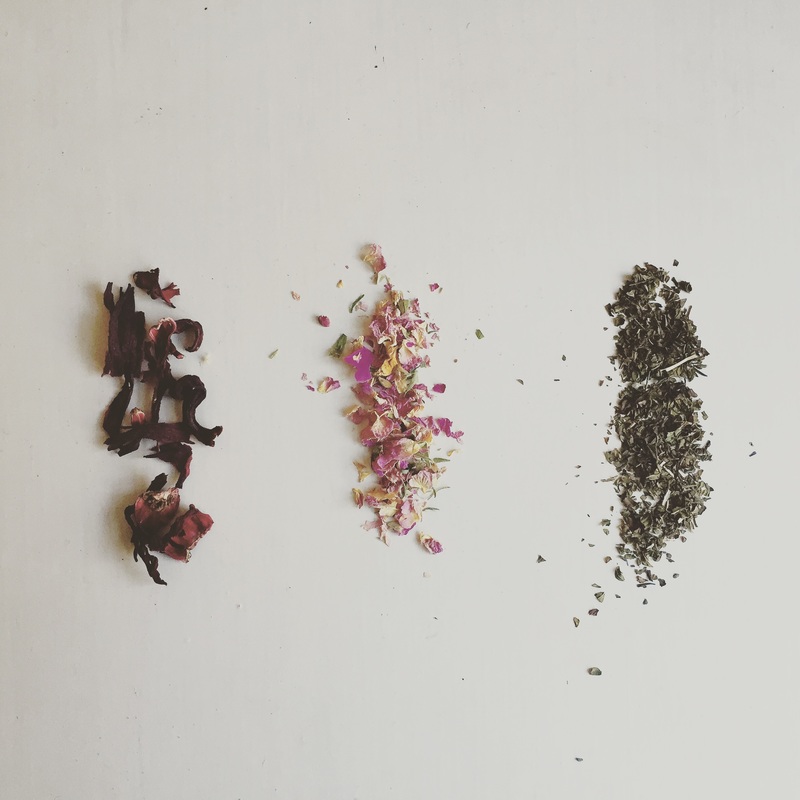
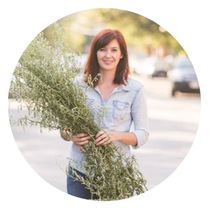
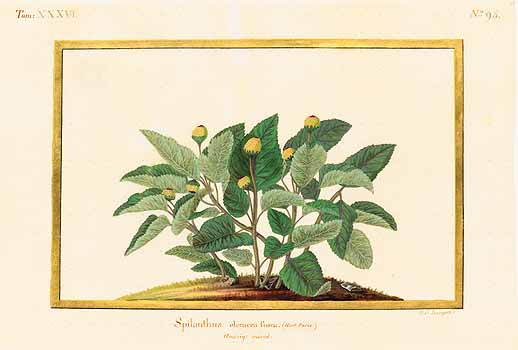

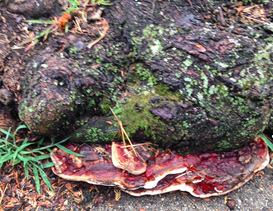
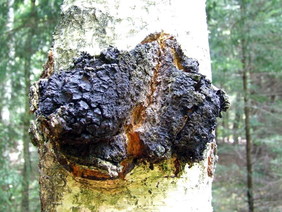

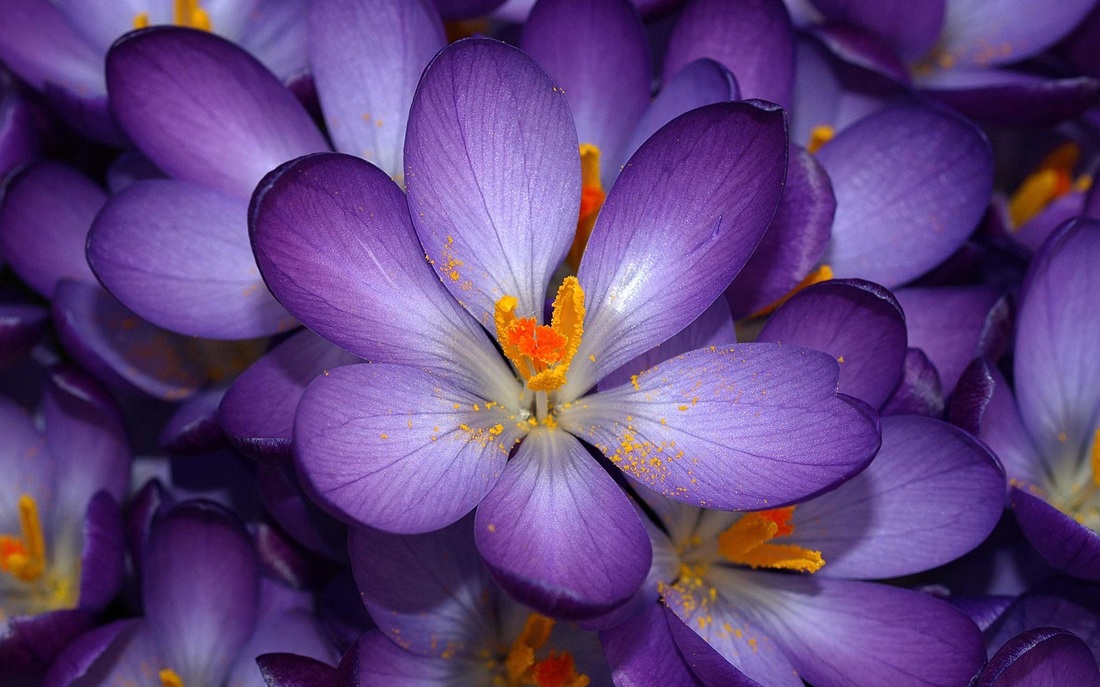
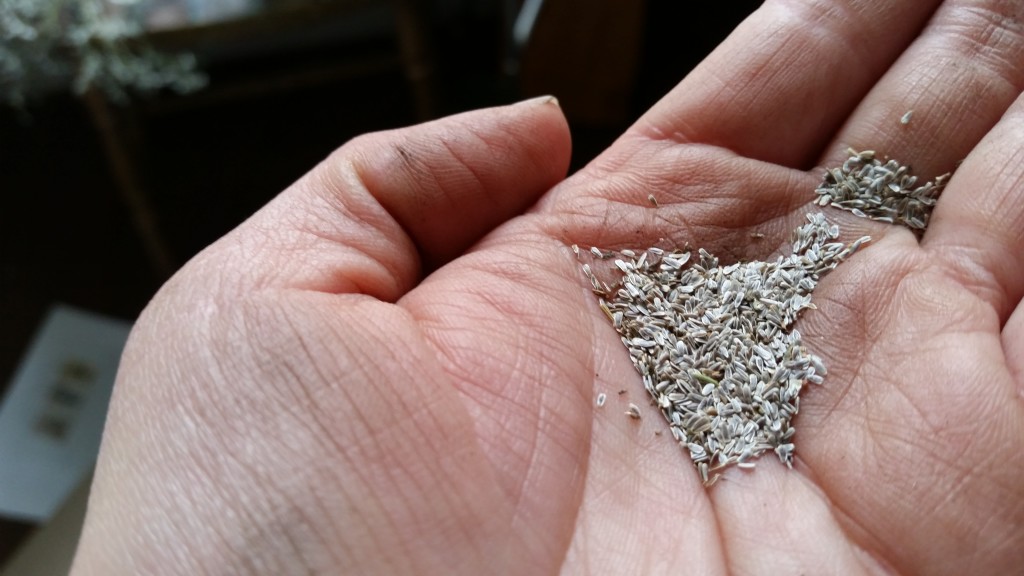
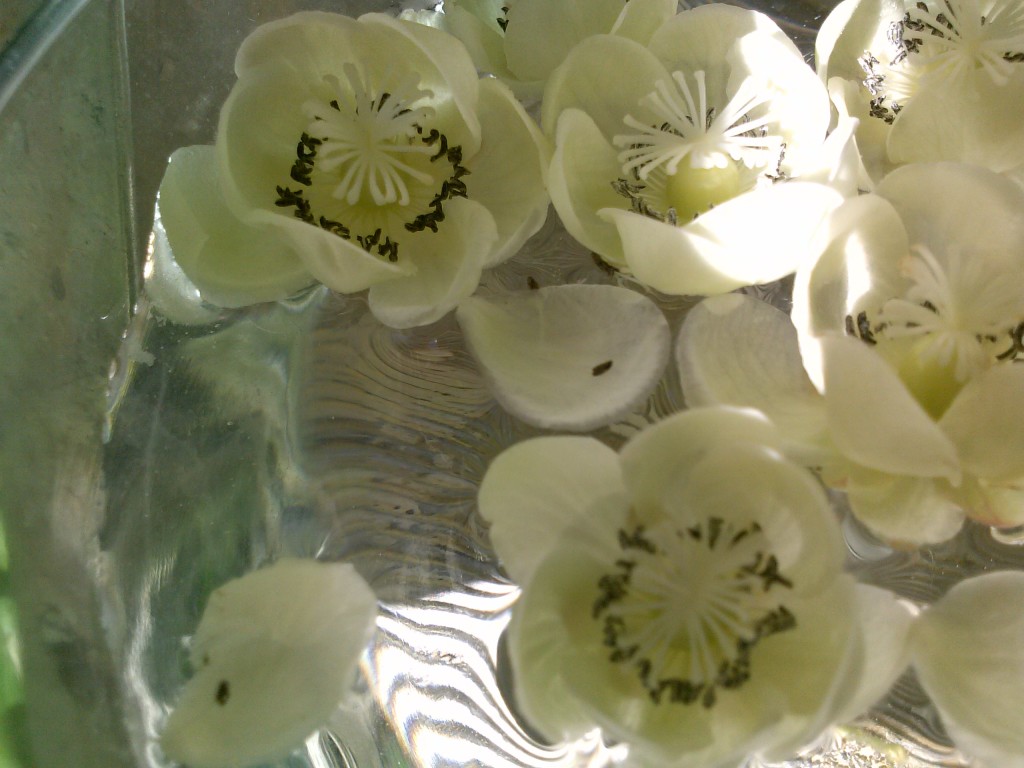
 RSS Feed
RSS Feed